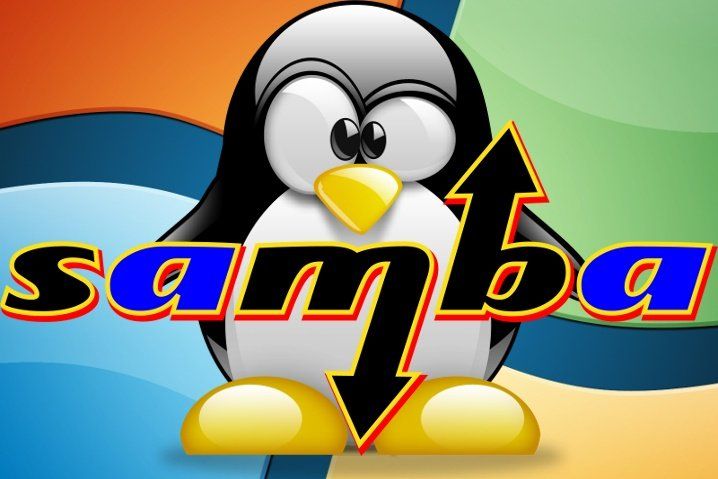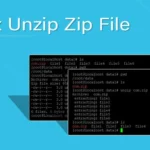Here’s a concise guide to install and configure Samba on Debian to share files with Windows, Linux, or macOS clients over a network. This assumes you’re using a recent Debian version (e.g., Debian 12 Bookworm) and have root or sudo privileges.
- Update the package index:
sudo apt update2. Install Samba and its dependencies:
sudo apt install samba samba-common-binConfigure Samba
Edit the Samba configuration file: The main configuration file is /etc/samba/smb.conf. Back it up first:
sudo cp /etc/samba/smb.conf /etc/samba/smb.conf.bakThen, edit the file using a text editor like nano:
sudo nano /etc/samba/smb.confBasic global settings:
Ensure the [global] section includes these settings (modify as needed):
[global]
workgroup = WORKGROUP
server string = %h server
security = user
map to guest = bad userworkgroup: Set to match your network’s workgroup (default is WORKGROUP for Windows networks). security = user: Requires authentication for access.
map to guest = bad user: Allows guest access for invalid users (optional).
Create a shared folder: Add a share definition at the end of smb.conf.
Example for a share named myshare:
[myshare]
path = /srv/samba/share
writable = yes
browsable = yes
guest ok = yes
create mask = 0777
directory mask = 0777path: The directory to share.
writable: Allows write access.
guest ok: Allows access without a password (remove for authenticated access).
create mask/directory mask: Sets permissions for new files and folders.
Create the shared directory:
Create the directory specified in the path and set permissions:
sudo mkdir -p /srv/samba/share
sudo chmod -R 0777 /srv/samba/share
sudo chown nobody:nogroup /srv/samba/shareFor guest access, nobody:nogroup ownership with 0777 permissions is simplest. For restricted access, adjust ownership and permissions accordingly.
Save and exit: Save the smb.conf file (in nano, press Ctrl+O, Enter, then Ctrl+X).
Test the configuration: Verify the syntax of smb.conf:
testparmStep 3: Set Up Samba Users (Optional for Authenticated Access)
If you want to restrict access to specific users (instead of guest access):
- Add a Samba user (must be an existing system user):
sudo adduser username
sudo smbpasswd -a usernameFollow prompts to set a Samba password for username.
Modify the share in smb.conf to require authentication:
[myshare]
path = /srv/samba/share
writable = yes
browsable = yes
guest ok = no
valid users = usernameRestart Samba after changes.
Step 4: Start and Enable Samba Services
Restart Samba to apply changes:
sudo systemctl restart smbd
sudo systemctl restart nmbdEnable Samba to start on boot:
sudo systemctl enable smbd
sudo systemctl enable nmbdCheck service status:
sudo systemctl status smbd
sudo systemctl status nmbdAccess the Share
- From Windows:
- Open File Explorer and type \\<debian-ip-address>\myshare in the address bar (replace <debian-ip-address> with your server’s IP, e.g., \\192.168.1.100\myshare).
- If using guest access, it should connect directly. For user access, enter the Samba username and password.
- From Linux:
- Use a file manager (e.g., Nautilus) and enter smb://<debian-ip-address>/myshare.
- Or mount manually:
sudo mount -t cifs //192.168.1.100/myshare /mnt -o username=usernameStep 6: Firewall Configuration (if applicable)
If a firewall is active (e.g., UFW):
Allow Samba Traffic
sudo ufw allow SambaThat is it! Your Samba server is up and running with a global / everybody share, and your private folder shared. Please let me know if this doesn’t work, or you have qustions.


